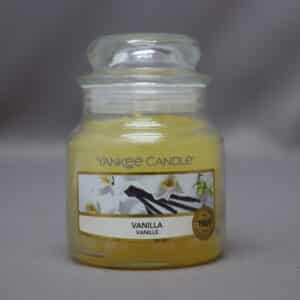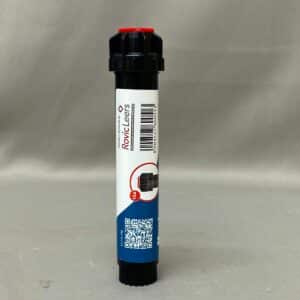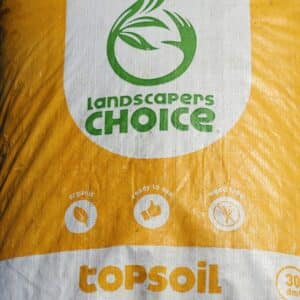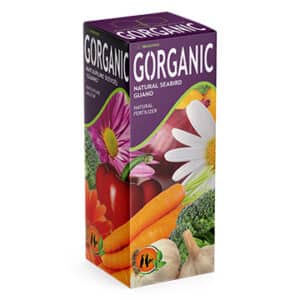What should I feed my tropical fish?
DIY and how-to
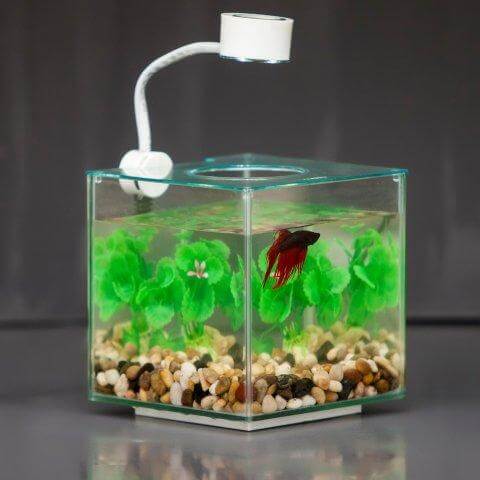
It’s very important to understand the eating requirements of tropical fish. Not only do you need to know what they eat, but also how often and how much they need.
Do not feed more than twice per day and only put enough food into the tank to last for 2-3 minutes. The reason for this is that any uneaten fish food will simply sink to the bottom and rot, causing the water to go murky and produce more algae.
It is better to feed your tropical fish too little fish food than too much, as overfeeding can cause bloating in tropical fish. If you notice your fish swimming upside down near the surface of the water, this is a clear sign that they have eaten too much. This can correct itself, but if it happens too often it can cause the death of your tropical fish.
Types of Tropical Fish
- Carnivores
Carnivore tropical fish are meat eaters that thrive on a protein rich diet, they have a large mouth with extremely sharp teeth in order to tear apart their food which is then swallowed whole. This is possible because they have a large stomach that is big enough to hold a small fish; unlike other tropical fish they have a very short intestinal tract. They are predator fish and should be chosen carefully and not put with smaller tropical fish as they will eat them. - Herbivores
These tropical fish do not have a large stomach, as they use their intestine to break down plants and algae that they have already ground down with their flat teeth. Their main fish food diet consists of live plants and vegetable matter and they should be fed more frequent smaller amounts. - Omnivores
The majority of aquarium fish are omnivores and they will eat both meat and vegetable foods, dried, frozen or live, they are an ideal choice for any fish keepers as they are easier to look after and will eat most tropical fish food.
Types of food
The greater the variety of food you give your fish, the healthier they will be and less likely to become diseased. They can also become bored when being fed on the same fish food every day and eventually stop eating altogether.
Dried food pellets
Dried pellets are a popular choice of fish food as it comes in different sizes for large and small breeds and has most of the vitamins and nutrients your fish need. There are two types of pellets: one that contains air added to it in order for it to float on the surface, ideal for surface feeders with upturned mouths and the other pellet that sinks to the bottom when sufficiently soaked, perfect for bottom feeders like Catfish and Corydoras.
Dried food flakes
Fish flakes come in a wide variety and are ideal as they have most of the balanced nutrition your tropical fish needs, although it is not advised to give just flakes alone because all fish need some variety in their fish food diet.
Tablet food
The tablets are quite large and sink to the bottom of the tank which is ideal for any bottom feeders, but not the perfect solution for all your tropical fish in the aquarium, as some fish like to feed from the top another floating fish food should be added.
Live foods
Live fish foods are preferred by most aquarium fish, but most pet shops do not stock a large selection of live foods, therefore it is important that you find a good supplier.
- Tubifex worms
Tubifex worms are very popular fish food and enjoyed by most aquarium fish as they are a natural source of food found in the muddy bottoms of lakes and rivers, they provide protein and are a perfect treat. These Tubifex worms should not be given fresh as they are prone to carry disease, therefore it is best to purchase them freeze-dried. - Daphnia
Daphnia is actually a water flea that is found in freshwater lakes and ponds; they have a hard shell which is good for roughage and easy to digest. The fresh Daphnia also carry disease, so it is advised to buy freeze-dried. - Glassworms
Glassworms are white mosquito larvae and have a clear glass like body which is about 1cm in length; they are a favourite treat which most fish will devour. They can be hard to see when placed in the tank, but the tropical fish have no trouble spotting them as they twitch and wriggle to catch the fish’s eye. Do not put Glassworms in the tank if you have small fish like Neons as they have been known to eat smaller fish. - Brine shrimp
These are small crustaceans that are very high in protein and are an excellent conditioning fish food. They are quite fast movers and tropical fish enjoy chasing them around the tank. - Earthworms and mealworms
Earthworms and mealworms are a favourite fish food for larger carnivorous fish although they are very greasy and can foul the water very quickly, so only put a small handful into the tank when feeding. If purchased fresh they must be soaked in a bowl of milk for a few minutes then dried thoroughly before adding to the tank. - Spirulina
This fish food is made up of mostly vegetable protein and is very easy for the fish to digest. It is an ideal treat for herbivores and all algae-eating fish. - Krill
This provides good roughage to help with digestion and because it has a natural colour enhancer it will help to keep your fish healthy and brightly colored. - Fresh vegetables
Certain tropical fish can also have vegetables as well as meat in their fish food diet, but it must be given in small portions. Good choices are peas, Romaine lettuce, broccoli and cucumber. Before adding to the tank you must blanch the vegetables by boiling a pan of water. Add the vegetables for a few seconds then cool off in cold water.
Stodels Fish and Pet centres encourage only the best, that’s why we stock and feed our fish Tetra, the brand you can trust. Do visit us for expert advice on what to feed your fish.

